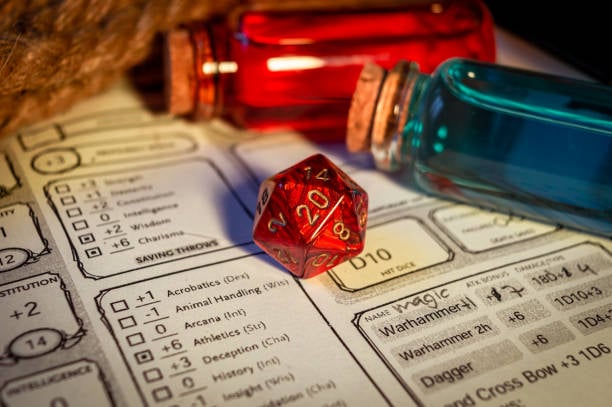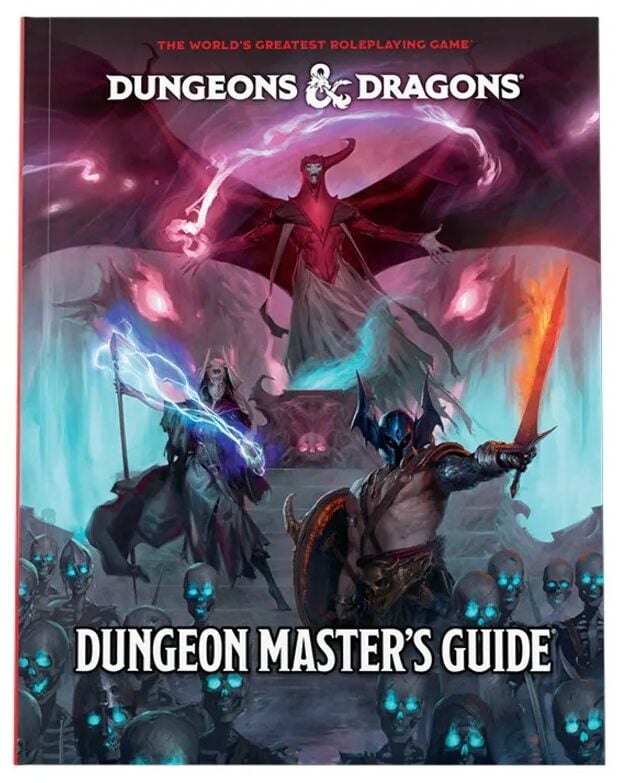The 5.5E ‘Dungeon Master’s Guide’ Is PACKED With Magic Items
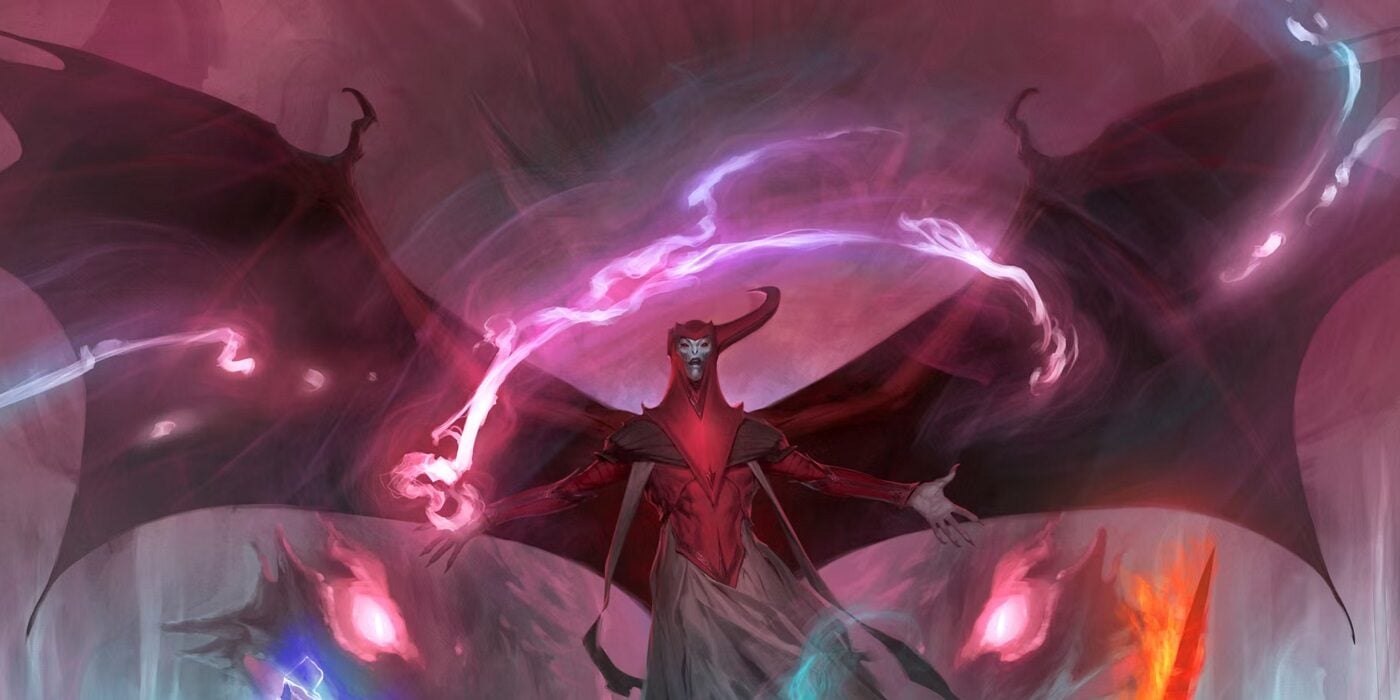
WotC did a whole preview just on magic items and the rules for crafting them, and it still feels like they had more to say.
The new 5.5E Dungeon Master’s Guide is positively stuffed with magic items. To be fair, the 5E DMG was as well, but this time, WotC has gone even further. Not only is the Dungeon Master’s Guide packed with items, it’s full of artwork. Most of the items are lovingly illustrated, either in use or alongside others of their kind. Meaning you’ll get a feel for what these things look like as well as what they do.
But why magic items? Why spend so much time on treasure? Because that, friends, is a big part of what DMs are supposed to do in D&D – hand out treasure and other rewards for going on quests, slaying dragons, and otherwise being heroes.
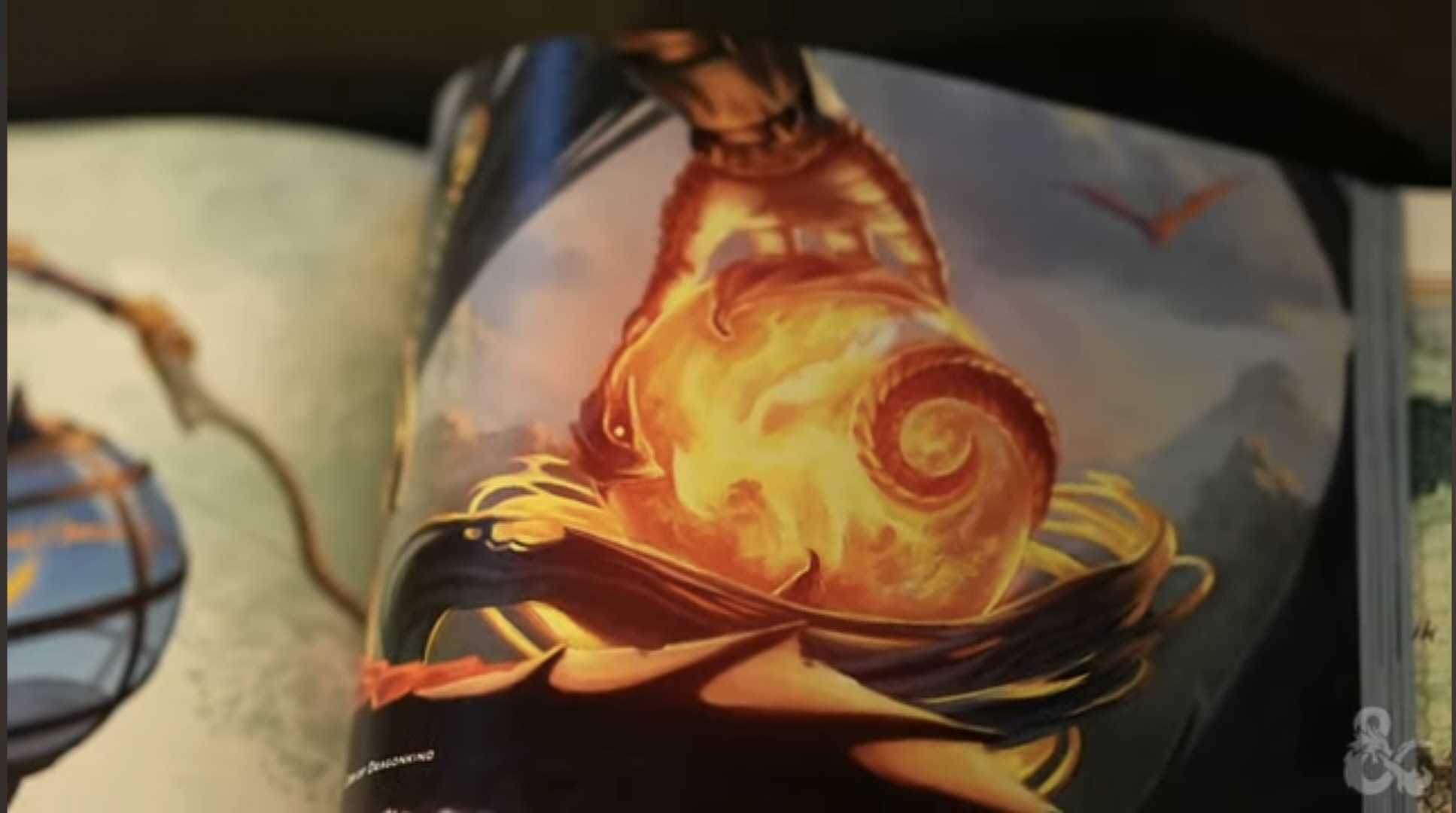
5.5E Dungeon Master’s Guide Preview – Art, Artifacts, and All Kinds of Rules
In the video, WotC’s Chris Perkins and James Wyatt take us through the Magic Items section of the 5.5E Dungeon Master’s Guide. As we learned previously, this is the most extensive section in the DMG, with hundreds of magic items and possibilities and rules for making them – both for DMs generating them to be in treasure but also for players hoping to craft their own items in-game.
It is a return to form for WotC. Magic item crafting rules were once a big part of the game. In 3rd Edition, it was expected that characters could and would routinely invest part of themselves in the creation of magic items. Back then, of course, it cost you experience points, so you would delay your advancement in levels in exchange for making powerful magics.
Simpler times. But we’ll get to the magic item crafting rules in a minute. For now, here is an overview of the magic items in general.
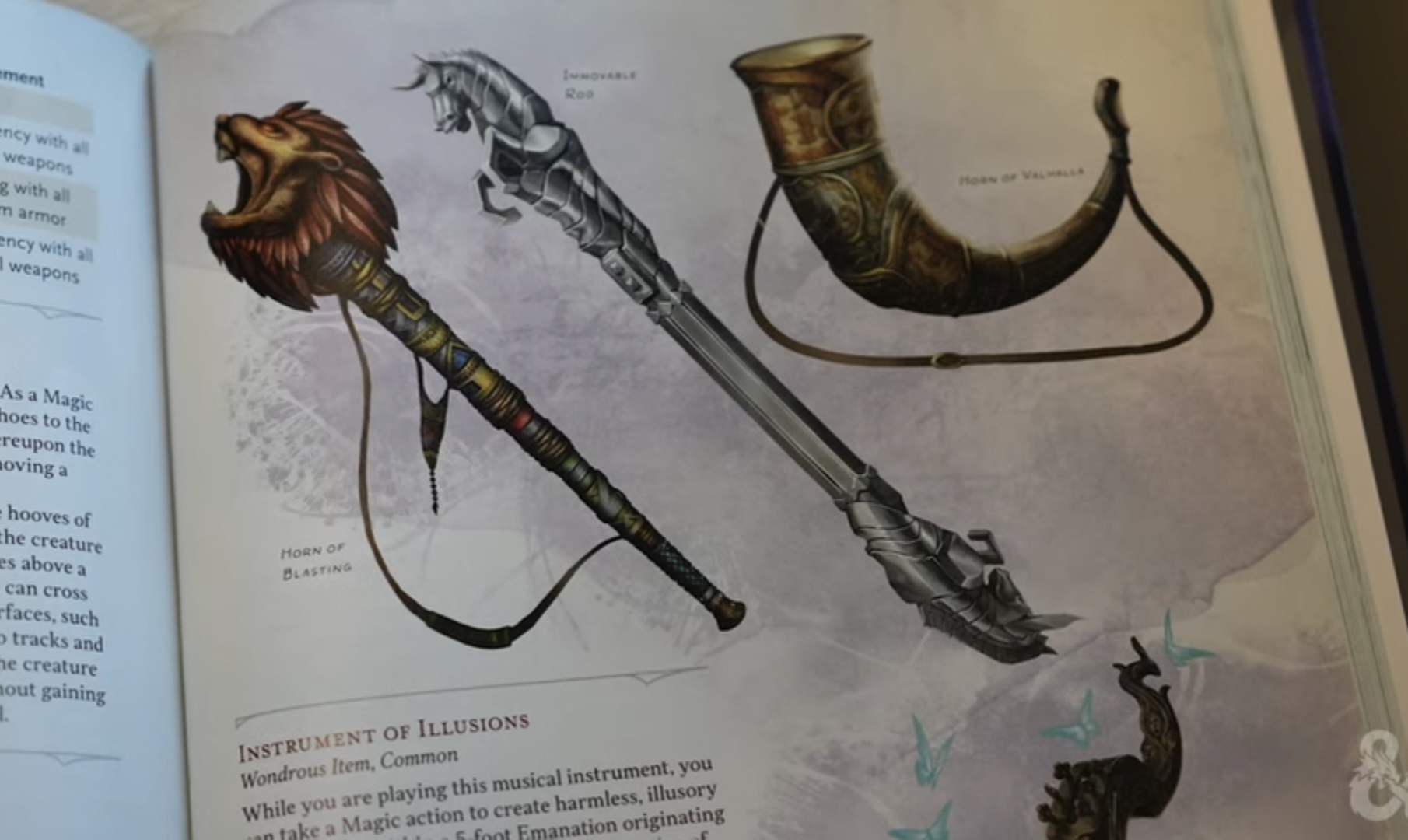
So Many Magic Items
For starters, there are more magic items than ever. This is in part because the Dungeon Master’s Guide adapts most of the magic items from the other big D&D sourcebooks like Xanathar’s Guide to Everything and Tasha’s Cauldron of Everything, including and especially the “Common Magic Items” section.
To hear Perkins and Wyatt talk about them, Common Magic Items are an oft-neglected part of D&D. It isn’t just that they’re fun little novelty things, but they’re worth their own illustrations; they’re worth taking up space on your character sheet.
Because they don’t have to have significant game mechanics to be fun. Which is good. If you’re unfamiliar, common magic items are things that typically add a little magical flourish to your character. Like the Cloak of Billowing, which just billows dramatically like it was in a breeze whenever you want it to. Or the Hat of Vermin, which lets you summon vermin like toads and rats and things.
Speaking of Rats, this little guy absolutely stole the whole show. This is a little flourish for an item called a Gambler’s Die – and this eye-patch wearing Rat stole the hearts of everyone watching the live premiere of the video. And the rat will steal so much more if you let it. It’s not every day one sees a pi-rat-e king. But here we are.
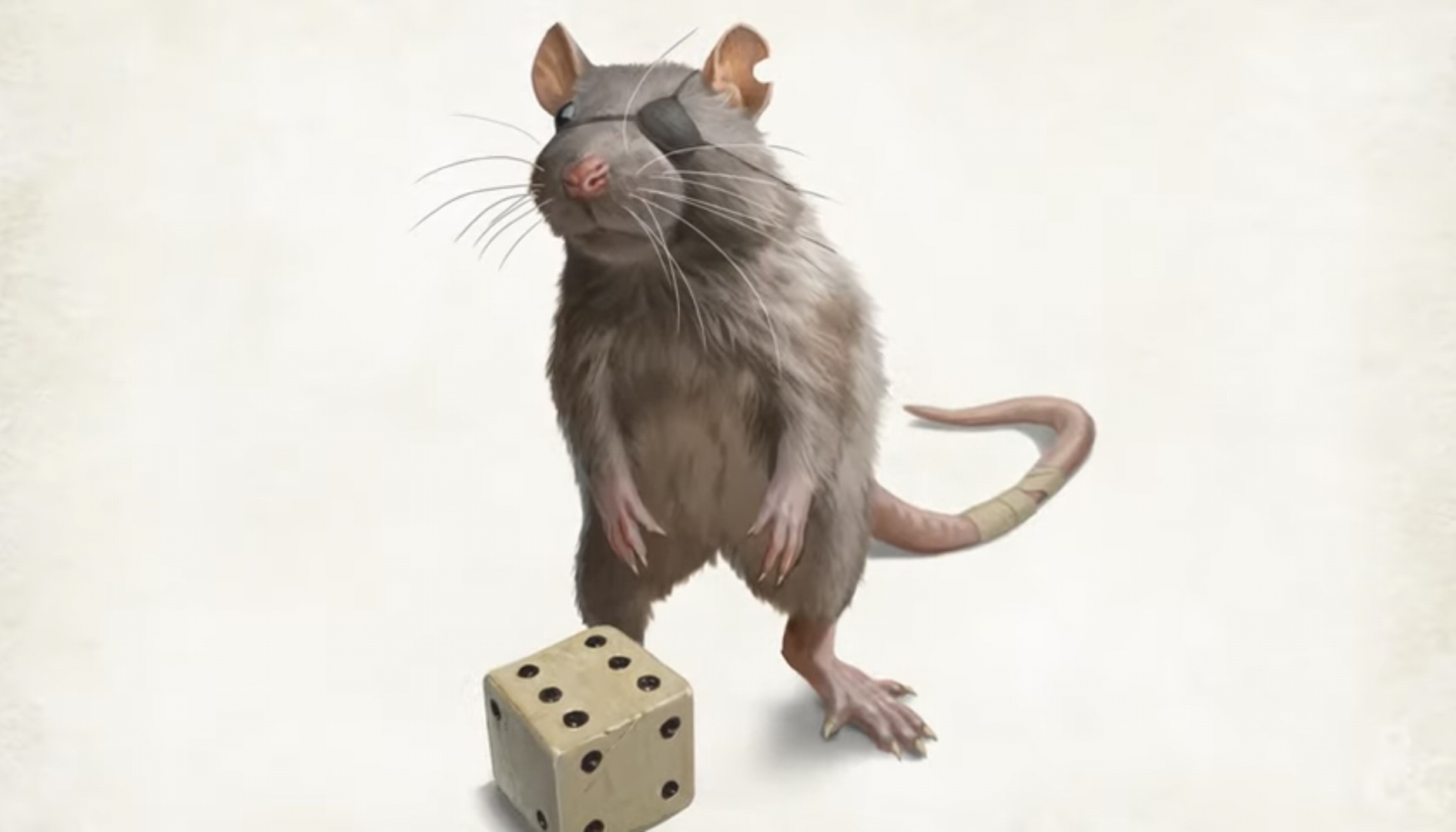
I pull this up as an example of the kind of personality the magic items have. While Perkins and Wyatt were showcasing the new items and talking at length about how magic items fill out the world, they also talked about the impact they can have in the hands of players. Some magic items can really change the whole course of your character.
You might be thinking you want to play a Bow-using Fighter, but then the right magic sword comes along, and suddenly, you’re swashing buckles with the best of them. But how do you know what to expect? What if you really want to have a magic bow? Well, good news, you can craft it yourself.
Magic Item Crafting Rules Return
The new magic item crafting rules loom large over the magic items section. In a nutshell, it works based on the system of crafting introduced in the new Player’s Handbook. In fact, if you’ve read through that book, you’ll know that you can create minor magic items like potions of healing. But these are the big kid rules. The fully fleshed-out ones that let you go all in on crafting things. Whatever your heart desires – so long as you meet the appropriate prerequisites.
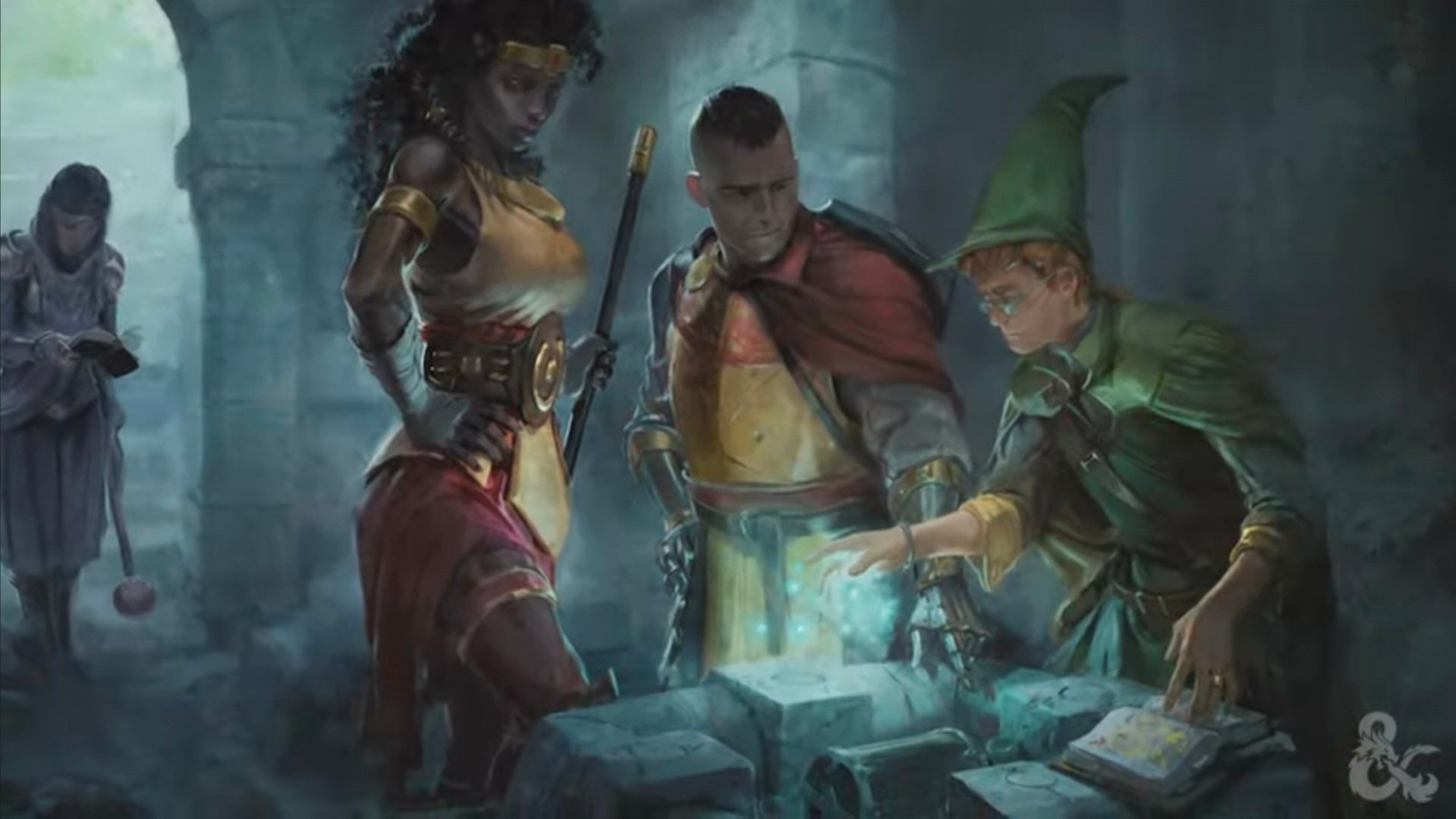
For example, if you’re trying to make a wand, you not only need to be able to carve the wand – using the woodcarver’s tools (so your tool proficiencies matter) – but you also have to be able to cast the spell the wand is to cast. And that’s just one example. I’m sure we’ll see the specifics soon enough, but this time around, the only cost is gold and time. No more pouring your own XP into creating the perfect item.
Which is probably for the best. But you have a lot more to consider when making the item. One of the things sort of brought to the forefront of the 5.5E DMG is the list of random minor properties and quirks and other things that any magic item, even something as boring as a +1 sword, can have.
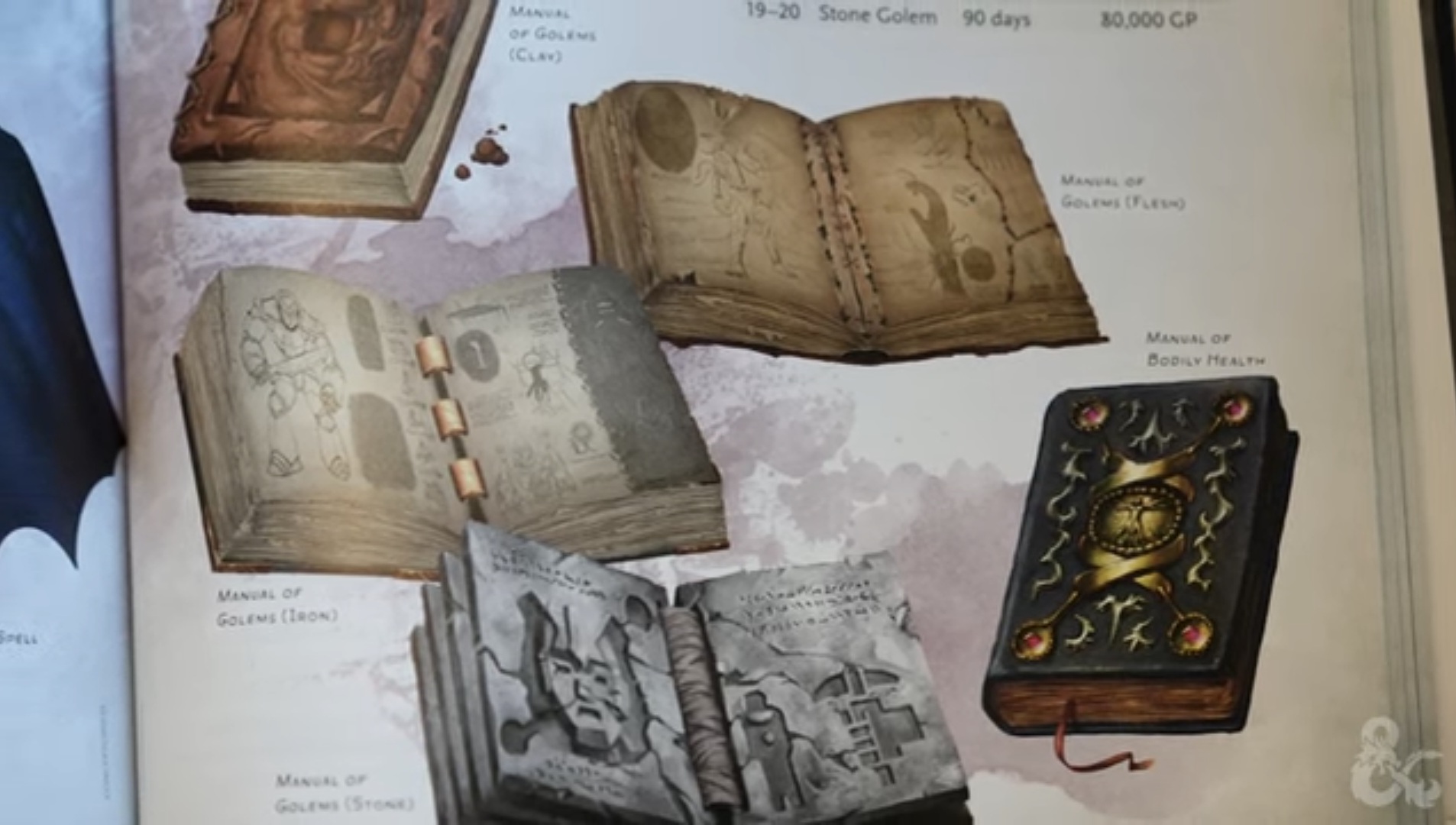
Your weapon might have the Loud property, which makes it emit a loud noise, or it might have the ability to shed dim light as a bonus action. There are a lot of different levers that DMs and Players can pull on. And that seems to be the general vibe here. WotC wants to help dole out some of the feelings of ownership and agency in the game.
The Bastion System gives players the ability to be the DM of their own little domain, and the magic item crafting rules let them kit out their players the way they want to (within reason, I’m sure). But it seems like there are a lot of “aspirational” rules here. These are things that players can read through and look at and think, “Yeah, I want to do that.”
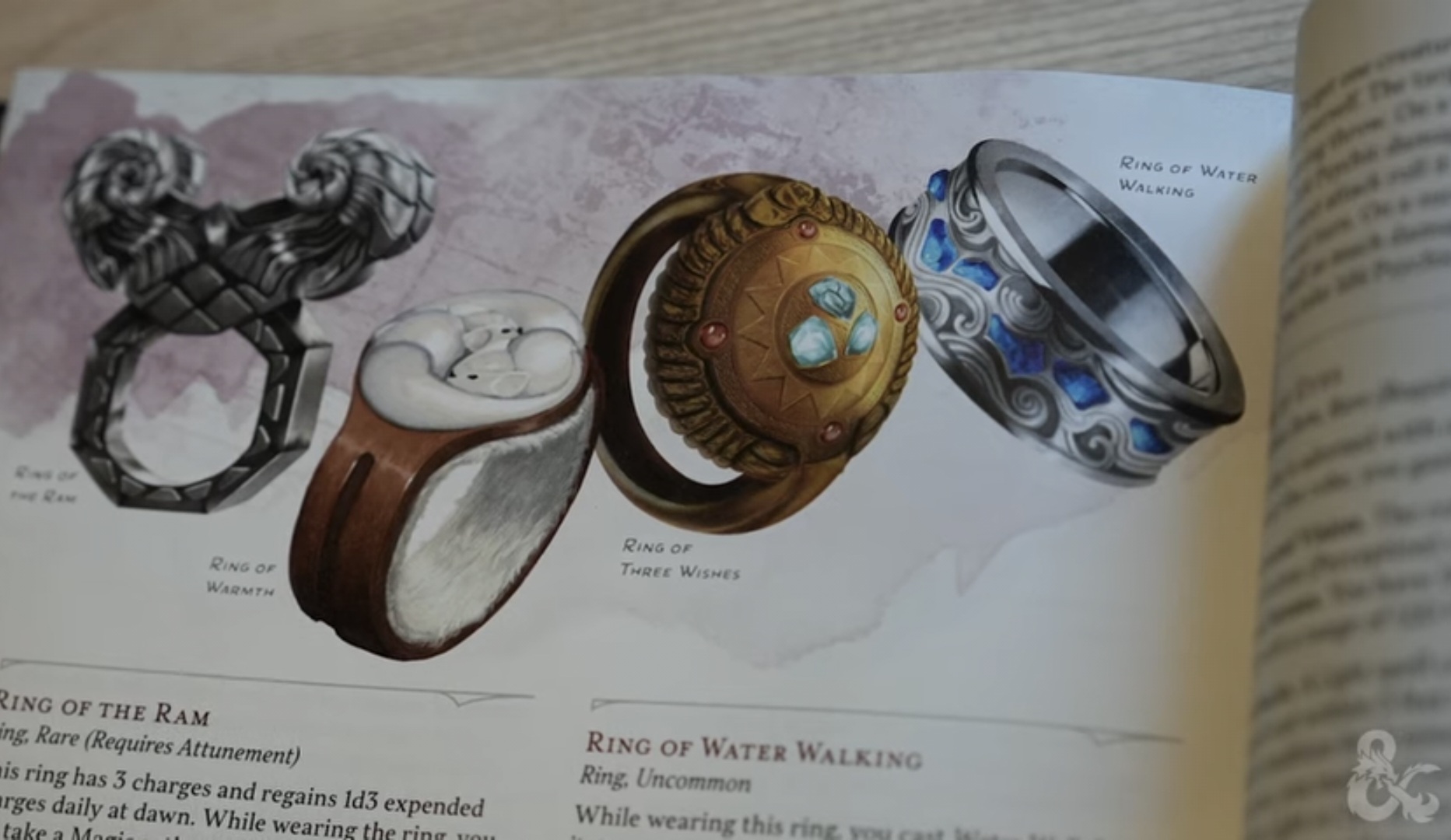
And that’s cunning on WotC’s part. That’s how you get players invested in the game and in the unfolding stories that you’re telling. Because even if you’re not feeling ‘killing rats in the basement,’ you can keep an eye on that horizon, on the time when you have enough money to make yourself that vorpal sword, and then we’ll see who kills what in whose basement.
You get the idea.
Magic Item Origins, Types, And Treasures
Alongside the magic items themselves are a lot of rules for figuring out what makes them unique. As mentioned, there are all the quirks and random characteristics. But there are also rules for generating a magic item that knows what it wants.
The Sentient Magic Item rules are still here – they were in 5E, but it sounds like they’ve gotten some tweaks, clarifying what it means when you have to yell at your sword before it’ll let you hit enemies with it.
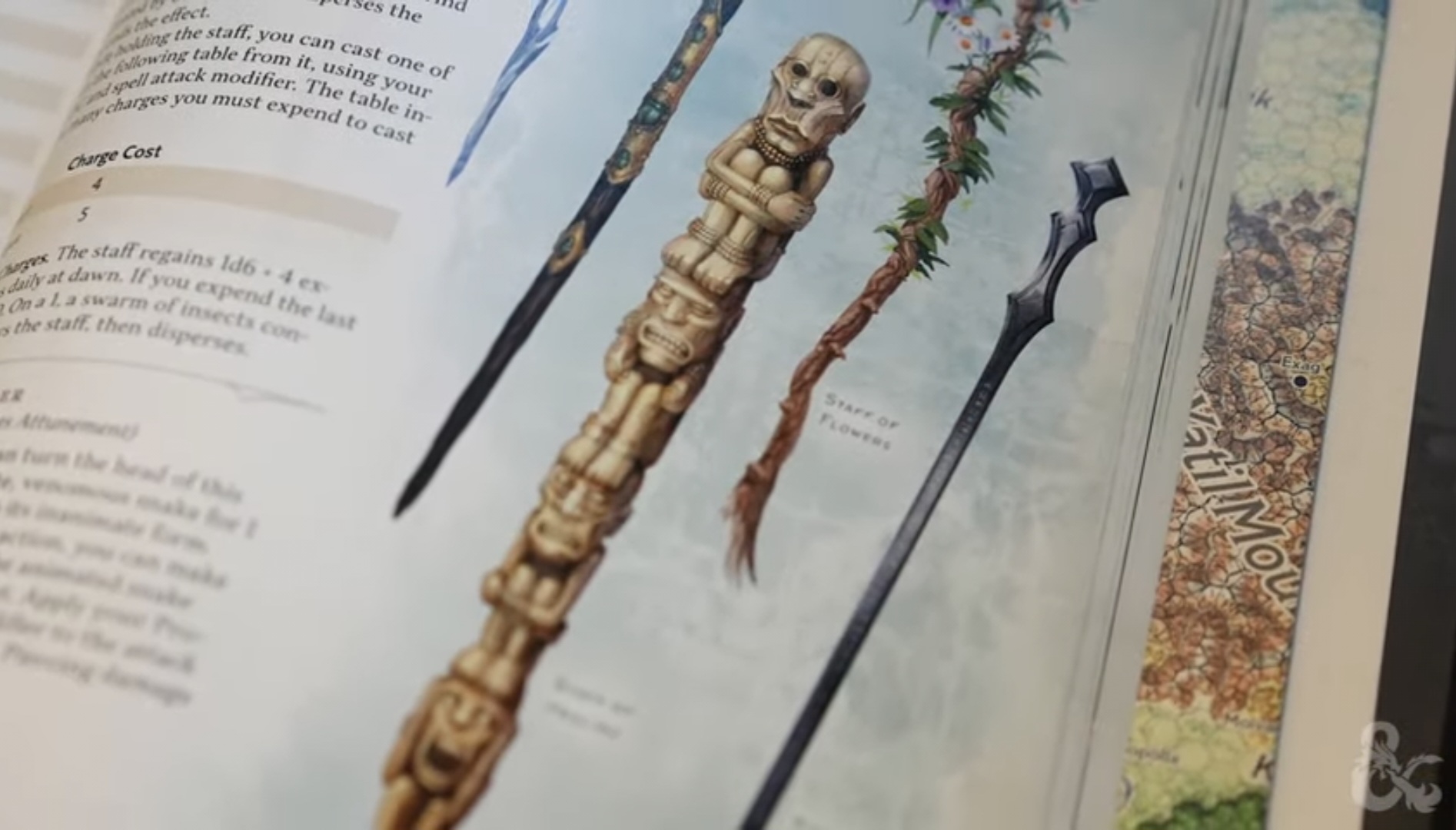
There’s also a list of different treasure types. Magic items might be Arcana, Implements, Instruments, or Relics. Each of these categories includes a mundane treasure as well. Arcana is a gem, for instance, and each of these treasure types corresponds with an entry in the Monster Manual. So your Dragon might be interested in collecting Arcana, while a Vampire might be sitting atop a hoard of Relics. There are lots of different levers to pull in seemingly every direction.
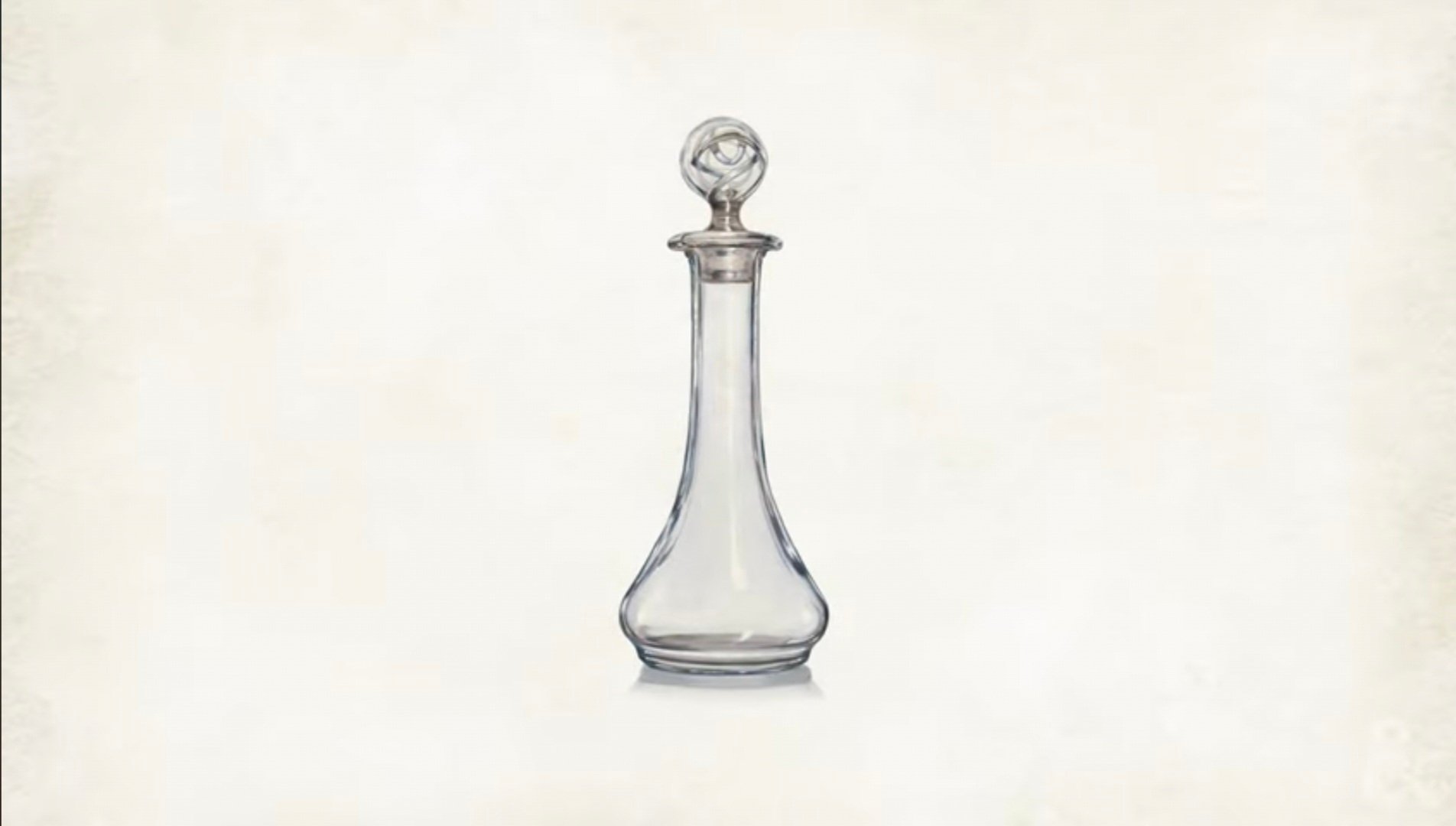
Because a big part of what makes D&D exciting is finding treasure, watch any player when they’re handed a little notecard with the rules of a magic item (a great technique if you’re a DM, by the way), and watch how their eyes light up.
WotC’s new DMG seems to want to make those moments that light up the eyes happen more frequently. Or at least more intentionally. The new Dungeon Master’s Guide spends a lot of time wrapping these items up in not just their powers but their story.
Now, all we need to do is see what some of the powers actually look like. If they match all the care and intention put into how they feel narratively, the new DMG will be an exciting book for both DMs and players.
The new DMG releases on November 12th!

